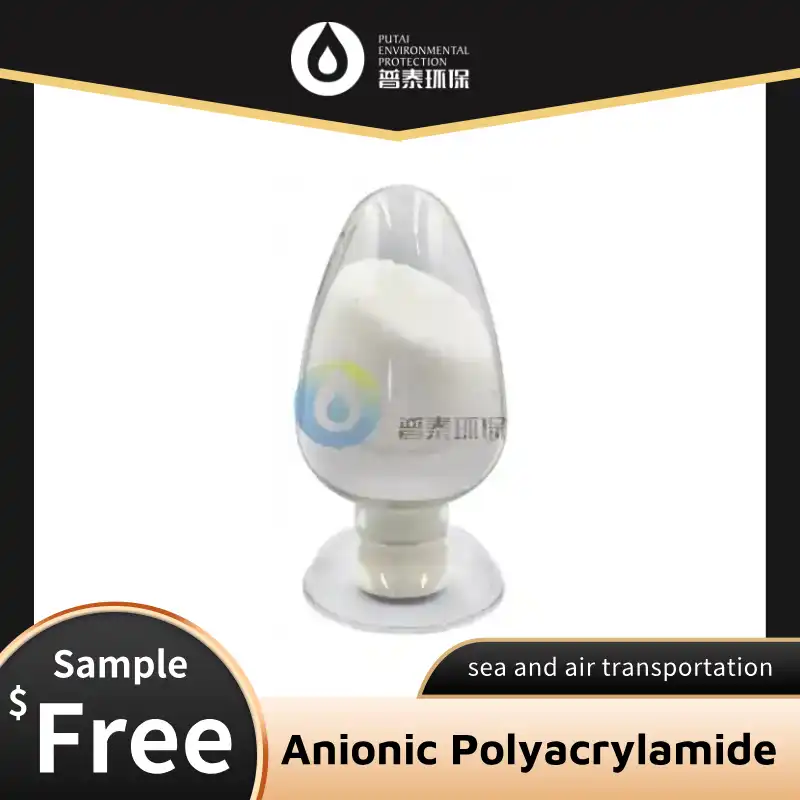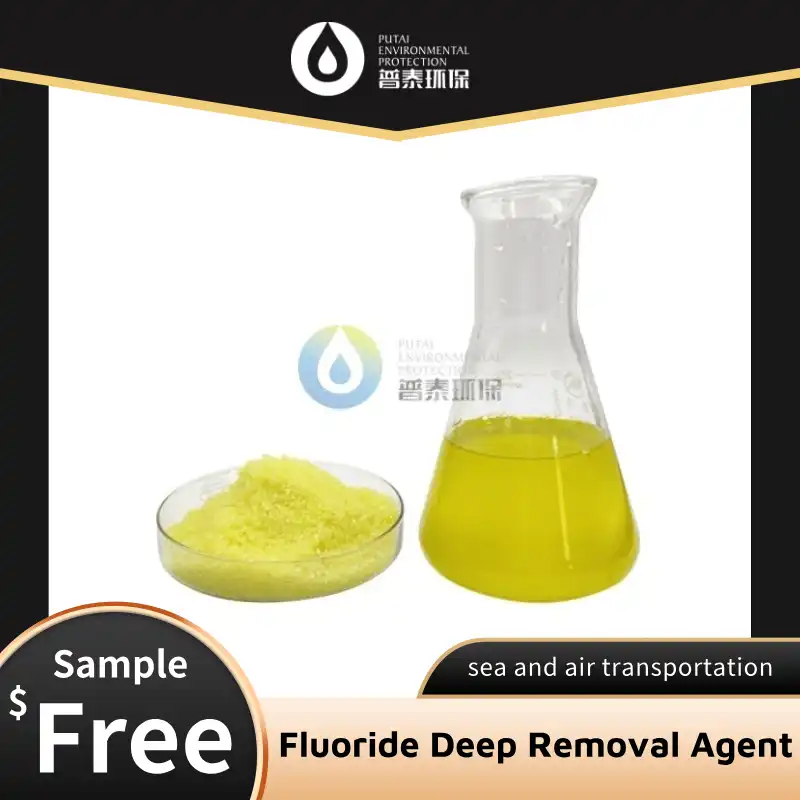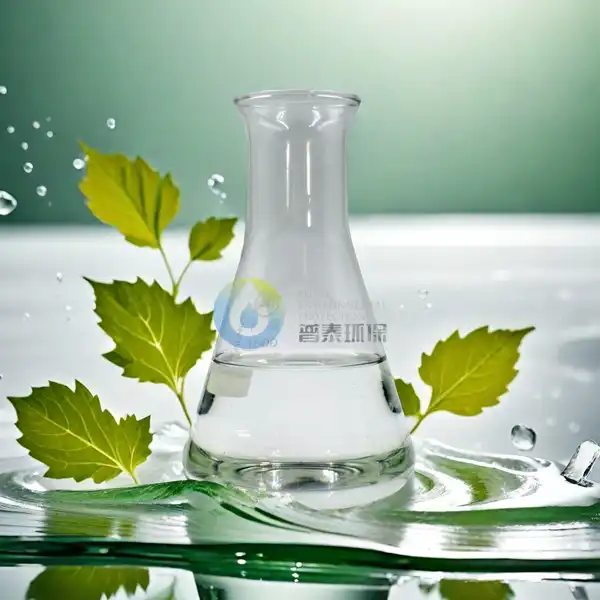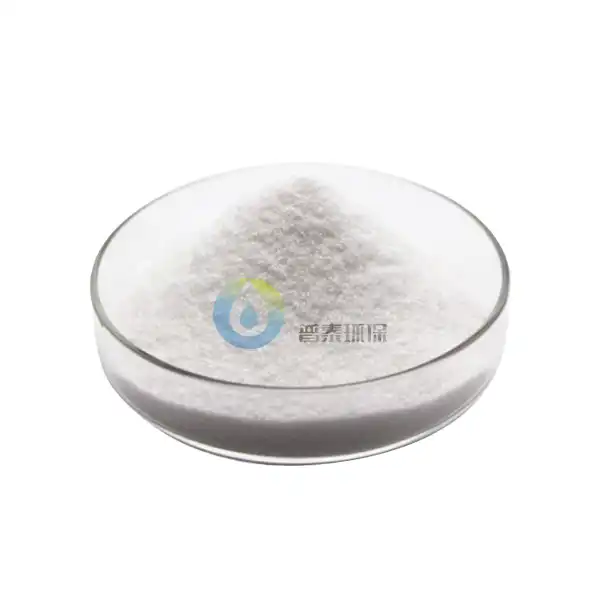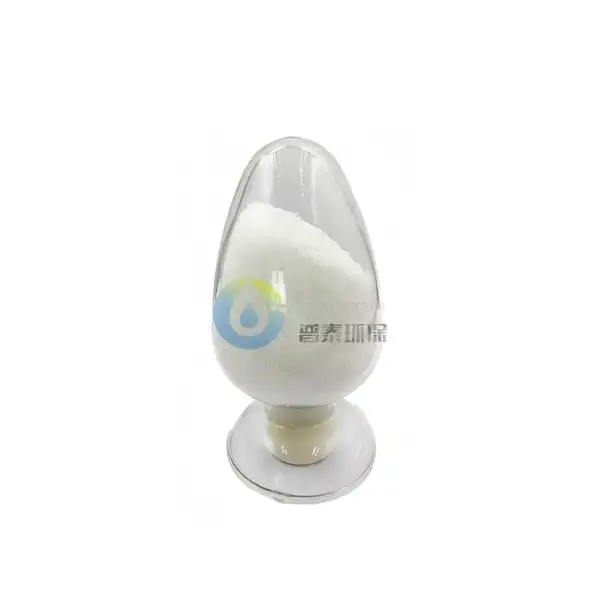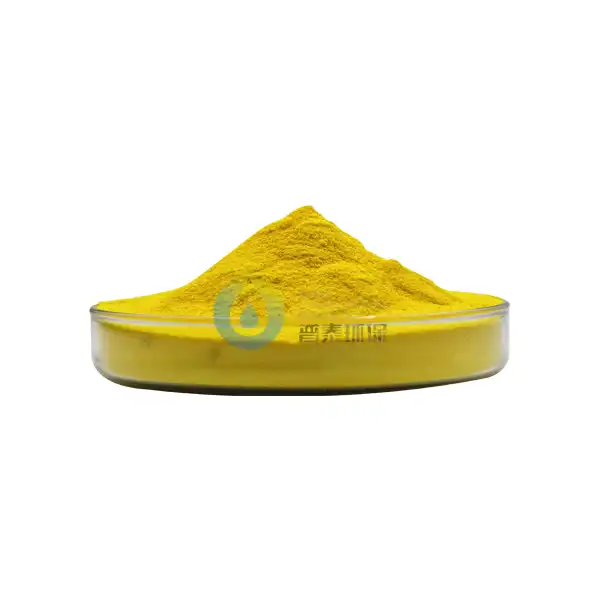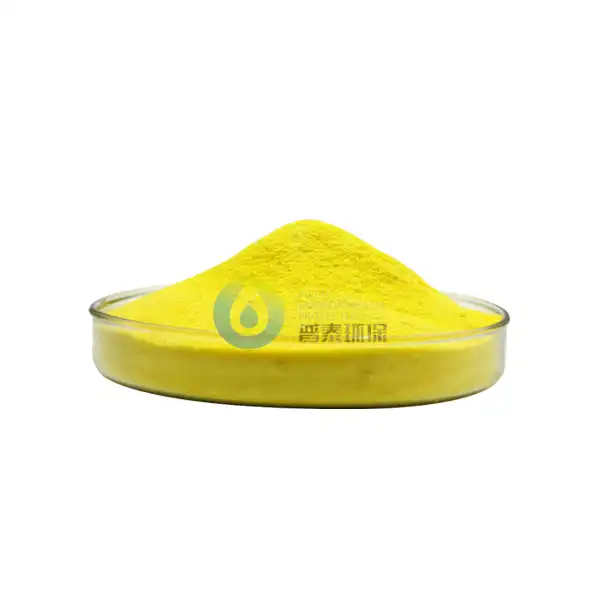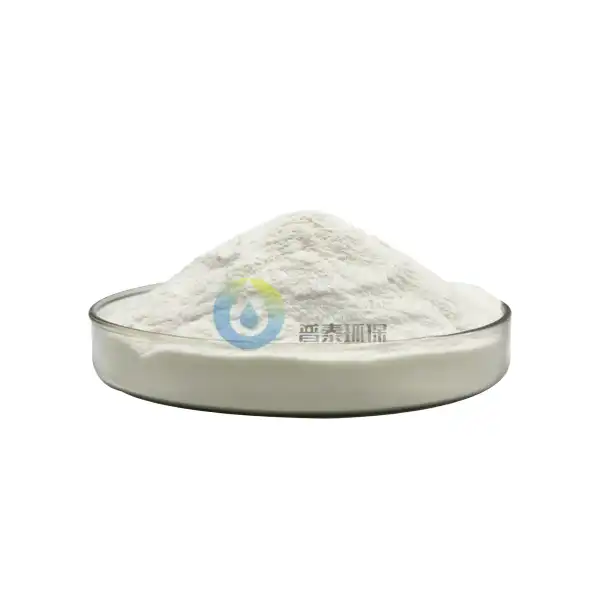Can OEM Polyaluminum Chloride be Used in the Paper Industry?
Polyaluminum Chloride (PAC) has become an increasingly important chemical in various industrial applications, including the paper manufacturing industry. As a versatile coagulant and flocculant, OEM Polyaluminum Chloride offers significant benefits in paper production processes, helping manufacturers improve product quality while addressing environmental concerns. This blog explores the applications, benefits, and considerations of using OEM Polyaluminum Chloride in the paper industry.
What are the benefits of using OEM Polyaluminum Chloride in paper manufacturing?
Improved Water Retention and Drainage Properties
OEM Polyaluminum Chloride serves as an excellent retention aid in the papermaking process, significantly improving water drainage rates during paper formation. When added to the pulp suspension, OEM Polyaluminum Chloride facilitates the binding of fine particles, fillers, and fibers, creating larger flocs that remain in the paper sheet rather than passing through the wire mesh. This improved retention mechanism leads to better formation of the paper sheet and reduced loss of valuable materials. Paper mills using OEM Polyaluminum Chloride can achieve up to 15-20% improvement in retention rates compared to traditional chemicals. The enhanced drainage properties enable faster machine speeds and reduced energy consumption in the drying section, translating directly into cost savings and increased production efficiency.
Enhanced Paper Strength and Surface Properties
The application of OEM Polyaluminum Chloride improves the structural integrity and surface characteristics of the final product. It promotes better bonding between cellulose fibers, resulting in paper with superior strength properties, including improved tensile, burst, and tear resistance. This enhanced strength allows manufacturers to potentially reduce fiber content without compromising product quality. Furthermore, OEM Polyaluminum Chloride contributes to improved surface properties, resulting in better printability and reduced dust formation. The chemical's ability to effectively control charge demands leads to more uniform sheet formation and fewer defects. Paper mills have reported fewer breaks during production and enhanced customer satisfaction with the final product.
Environmental and Economic Advantages
OEM Polyaluminum Chloride offers significant environmental and economic benefits compared to traditional chemicals. It operates effectively at lower dosages than conventional aluminum sulfate (alum), reducing the overall chemical load in the system. This leads to decreased sludge production and lower disposal costs. Additionally, OEM Polyaluminum Chloride works efficiently across a wider pH range (5.0-9.0), minimizing the need for pH adjustment chemicals. The reduced chemical consumption and sludge generation translate directly into cost savings for paper manufacturers. Furthermore, its superior performance in fiber and filler retention reduces raw material losses, while effective drainage enhancement properties lower energy requirements in the drying section. Many paper mills have reported overall operational cost reductions of 10-15% after switching to OEM Polyaluminum Chloride.
How does OEM Polyaluminum Chloride compare to traditional paper industry chemicals?
Efficiency Comparison with Aluminum Sulfate (Alum)
OEM Polyaluminum Chloride demonstrates superior efficiency at lower dosage rates, typically requiring 30-50% less product by weight compared to alum to achieve the same results. This increased efficiency stems from PAC's pre-hydrolyzed structure and higher basicity, which makes it more reactive with negatively charged particles in the paper slurry. The molecular structure of OEM Polyaluminum Chloride enables it to form stronger bonds with cellulose fibers and fillers, resulting in improved retention rates. Furthermore, OEM Polyaluminum Chloride maintains its effectiveness across a broader pH range (5.0-9.0) compared to alum (4.5-6.5). This pH flexibility reduces the need for additional pH adjustment chemicals and simplifies process control. Paper mills that have switched from alum to OEM Polyaluminum Chloride have reported significant improvements in sizing efficiency, with reductions in size requirements of up to 25%.
Improved System Cleanliness and Reduced Deposits
OEM Polyaluminum Chloride generates fewer deposits on papermaking equipment compared to conventional chemicals. This reduced deposit formation can be attributed to PAC's more stable hydrolysis products and lower reactivity with dissolved substances in the paper machine's water system. Paper mills using OEM Polyaluminum Chloride report longer run times between cleaning cycles, with many facilities extending their cleaning schedules by 30-40%. The improved system cleanliness translates directly to reduced downtime, higher overall equipment effectiveness, and extended equipment lifespan. Additionally, OEM Polyaluminum Chloride's superior performance in controlling anionic trash and dissolved substances results in fewer issues with sticky deposits that can cause defects in the final paper product.
Performance Stability and Product Consistency
OEM Polyaluminum Chloride maintains reliable effectiveness despite fluctuations in incoming water quality, pulp composition, and process temperatures. This stability stems from PAC's pre-hydrolyzed structure, which makes its active aluminum species less susceptible to changes in the surrounding chemical environment. Paper mills utilizing OEM Polyaluminum Chloride have reported more consistent sheet formation, fewer breaks, and more predictable quality parameters, even when processing different paper grades. Reputable OEM Polyaluminum Chloride manufacturers employ advanced quality control protocols to ensure batch-to-batch consistency. The performance predictability enables paper manufacturers to fine-tune their processes with greater precision, leading to optimized chemical usage and reduced quality variations. Many facilities have documented reductions in quality-related customer complaints by 15-25% after transitioning to OEM Polyaluminum Chloride.
What factors should be considered when implementing OEM Polyaluminum Chloride in paper production?
Dosage Optimization and Integration Strategy
The optimal dosage of OEM Polyaluminum Chloride varies depending on pulp type, filler content, pH conditions, and desired paper properties. Successful implementation begins with bench-scale testing, followed by gradual introduction with continuous monitoring and adjustment. Paper mills should start with 50-70% of the equivalent alum dosage and then fine-tune based on retention measurements, drainage rates, and final paper quality. The point of addition significantly impacts performance—it performs best when added at mixing points with high turbulence and sufficient residence time before sheet formation. Proper dilution (typically to 0.5-5% concentration) ensures optimal dispersion and reaction with fibers and fillers. Paper manufacturers should also consider potential interactions with other wet-end chemicals to develop an integrated chemical program.
Equipment Compatibility and Storage Requirements
OEM Polyaluminum Chloride is corrosive to certain materials, particularly carbon steel, aluminum, copper, and brass. Paper mills must ensure that all contact equipment is constructed from compatible materials such as fiberglass-reinforced plastic, polyethylene, polypropylene, or specific grades of stainless steel. Proper storage is equally important for maintaining product effectiveness. The chemical should be stored at temperatures between 0°C and 40°C to prevent freezing or accelerated aging. Storage tanks should be equipped with adequate ventilation and secondary containment according to local regulations. OEM Polyaluminum Chloride has a typical shelf life of 3-6 months, so paper mills should implement appropriate inventory management practices to ensure product freshness.
Technical Support and Quality Control Measures
Partnering with experienced OEM Polyaluminum Chloride suppliers who offer comprehensive technical assistance throughout the implementation process is invaluable. Paper mills should establish rigorous quality control procedures for incoming shipments, including verification of key parameters such as aluminum content, basicity, specific gravity, and pH. Additionally, implementing monitoring systems to track key performance indicators provides valuable data for continuous optimization. Developing a formal change management process facilitates smoother transitions and better knowledge retention. Establishing clear communication channels between production personnel, chemical suppliers, and quality control departments ensures that any issues are promptly addressed.
Conclusion
OEM Polyaluminum Chloride has proven to be a valuable chemical for the paper industry, offering significant advantages over traditional coagulants. Its ability to improve retention, enhance paper quality, and reduce environmental impact makes it an attractive option for modern paper manufacturers. When properly implemented with appropriate dosage optimization, equipment compatibility considerations, and technical support, OEM Polyaluminum Chloride can deliver substantial operational and economic benefits while helping paper mills meet increasingly stringent quality and environmental requirements.
Xi'an Putai Environmental Protection Co., Ltd. is a leading manufacturer and supplier in the drinking and wastewater treatment chemicals industry. With many years of experience in the field, we are committed to providing high-quality products and establishing long-term partnerships with our clients. Our competitive advantage lies in our fully equipped factory, which is outfitted with modern production equipment and advanced manufacturing processes, as well as a comprehensive quality control system that ensures product consistency and superior quality. Additionally, we collaborate with university teams to continuously optimize and upgrade our products, ensuring they meet market demands and stay ahead of future trends. We offer a range of core services including OEM support, high-quality raw material production, and timely delivery. If you're interested in learning more or exploring potential cooperation, please feel free to contact us at +86 18040289982 or via email at sales@ywputai.com. We look forward to the opportunity to work with you.
References
1. Smith, J. L., & Johnson, R. T. (2023). Advancements in Polyaluminum Chloride Applications for the Paper Industry. Journal of Paper Science and Technology, 45(3), 112-128.
2. Wang, H., Li, Y., & Zhang, Q. (2022). Comparative Analysis of Coagulants in Paper Manufacturing: Alum vs. Polyaluminum Chloride. Industrial Chemistry Research, 61(8), 3245-3260.
3. Patel, S., & Martinez, E. (2023). Environmental Impact Assessment of Chemical Coagulants in Pulp and Paper Processing. Environmental Science & Technology, 57(2), 934-950.
4. Liu, X., & Anderson, D. (2022). Optimizing Retention and Drainage in Paper Production Using Modified Polyaluminum Chloride. TAPPI Journal, 21(4), 223-235.
5. Chen, M., Wilson, K., & Yamamoto, T. (2023). Cost-Benefit Analysis of Transitioning to Advanced Coagulants in Paper Manufacturing. Journal of Cleaner Production, 384, 135467.
6. Fernandez, A., & Kovalchuk, N. (2024). Recent Developments in Polyaluminum Chloride Formulations for Specialized Paper Grades. Nordic Pulp & Paper Research Journal, 39(1), 78-94.

